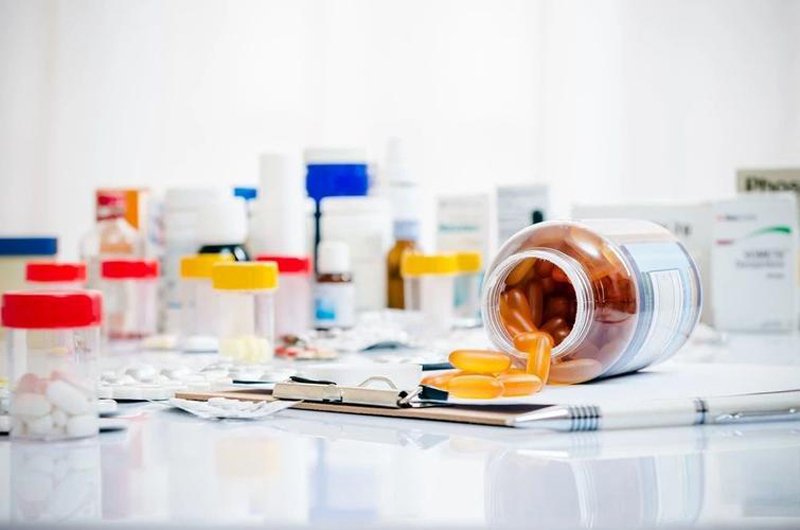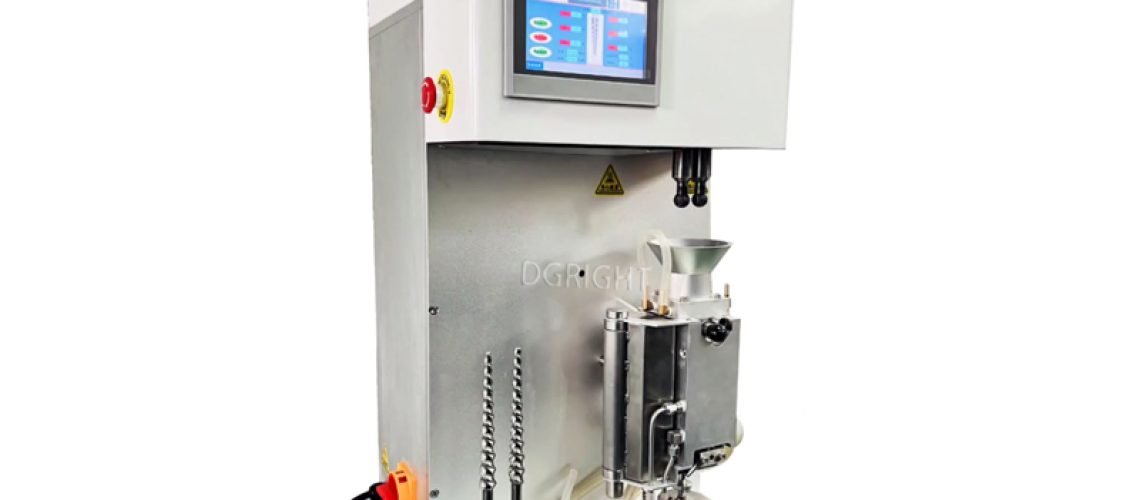The RT-739 Miniature Conical Twin-Screw Extruder demonstrates significant technical advantages and application potential in the field of pharmaceutical formulations, particularly in drug development, dosage form optimization, and small-scale production. Below, we analyze its applications from three aspects: technical features, application scenarios, and industry trends.

1. Technical Features and Advantages
Miniaturization and Low Raw Material Consumption
The RT-739 Miniature Conical Twin-Screw Extruder has a minimum extrusion capacity as low as 5g to 15g, significantly reducing the amount of active pharmaceutical ingredients (API) required for testing. This feature is especially valuable in the early stages of drug development when dealing with high-cost or rare materials. The miniaturized extruder design achieves scaling functions similar to large equipment while reducing the thermal degradation risks for temperature-sensitive materials.
Efficient Mixing and Self-Cleaning Capability
The conical twin-screw design enhances shear and stretching actions through differential rotation (e.g., matching the number and speed ratios of the male and female screw threads), improving the uniform dispersion of poorly soluble drugs. For example, the differential conical twin-screw meshing structure can peel off adhering materials, minimizing residue, and ensuring cleanliness and repeatability—essential requirements in the pharmaceutical industry.
Modular and Multifunctional
Certain models of the RT-739 extruder can switch modules (e.g., vacuum, enhanced temperature control) to perform various functions such as hot-melt extrusion (HME), wet extrusion, and granulation.

2. Typical Application Scenarios
Development of Poorly Soluble Drug Formulations
Hot-melt extrusion (HME) technology improves the dissolution rate and bioavailability of poorly soluble drugs by uniformly dispersing the API in a polymer carrier. The miniature conical twin-screw extruder enables continuous operation during this process and supports online analysis (PAT), ensuring process stability.
Controlled-Release Formulations and Composite Dosage Forms
By precisely controlling screw speed, temperature, and pressure, the equipment can prepare sustained-release microspheres, multi-layer coated particles, or composite polymer-based drugs. The RT-739 extruder supports multiple cycles of mixing, making it suitable for the development of polymer drug delivery systems.
Small-Scale R&D and Rapid Testing
As a laboratory-scale device with a compact footprint, the RT-739 can complete experimental cycles in just a few minutes, enabling quick verification of formulation feasibility. Its open chamber design facilitates observation of the melt state and sampling analysis, thereby accelerating the R&D process.
3. Industry Trends and Innovation Directions
Intelligent Control and Compliance Upgrades
The new generation of equipment integrates touch-screen control, parameter logging, and GMP-compliant documentation (e.g., IQ/OQ), addressing the pharmaceutical industry’s need for data integrity and quality traceability.
Energy Efficiency and Material Adaptation Optimization
The enlarged design of the tail diameter of the conical screw increases load-bearing capacity while reducing shear heat in the discharge section, making it suitable for processing heat-sensitive drugs. Additionally, the modular temperature control system (e.g., for sensitive materials such as nylon) further expands the equipment’s applicability.
Multifunctional Integration and Process Scale-Up
The industry is exploring ways to transfer the technical advantages of miniature equipment to pilot and production-scale devices. This enables a seamless transition from laboratory to industrial-scale production, thereby reducing the time-to-market for pharmaceutical products.
Conclusion
The RT-739 Miniature Conical Twin-Screw Extruder, with its miniaturization, efficient mixing, and modular design, has become a core tool in pharmaceutical formulation research. It is especially suitable for the development of poorly soluble drugs, controlled-release systems, and small-scale rapid testing. In the future, as intelligent control and material adaptability continue to improve, its applications in personalized medicine and complex dosage form production will expand further.


